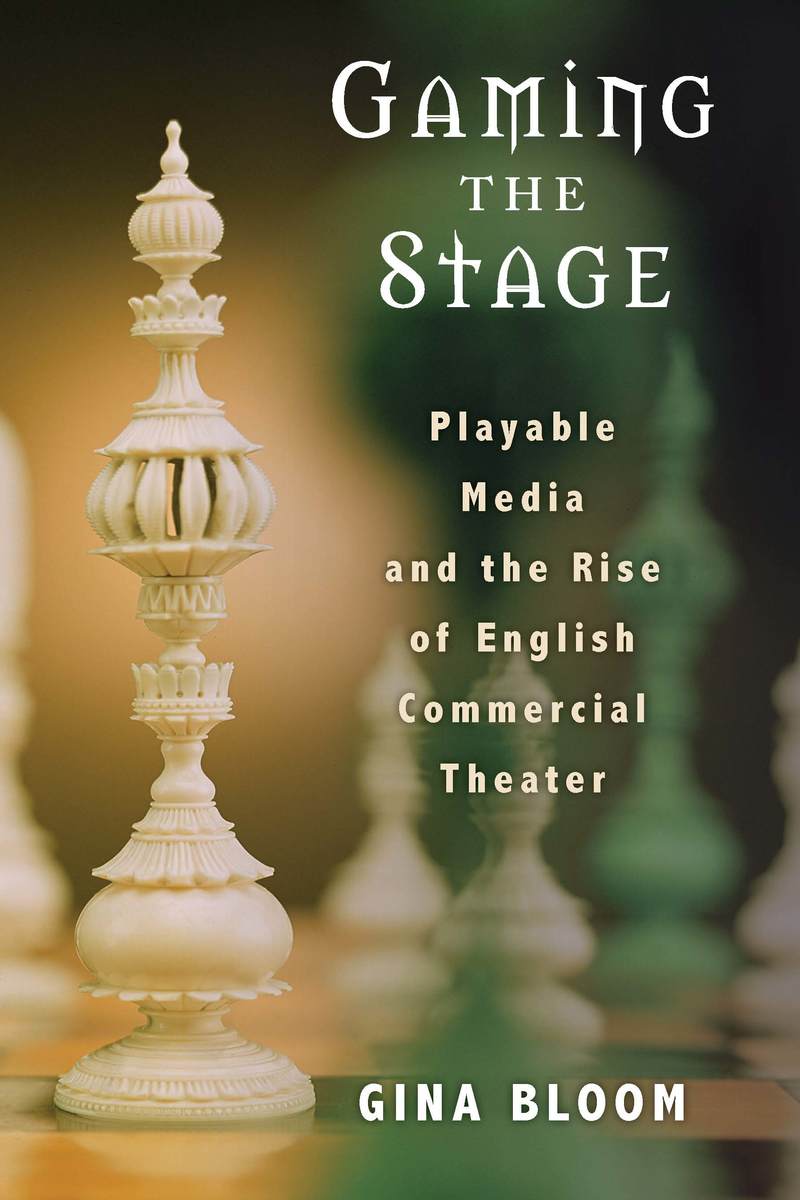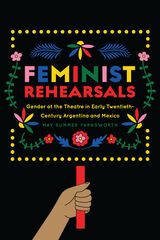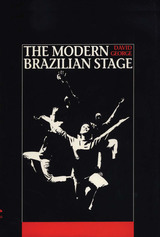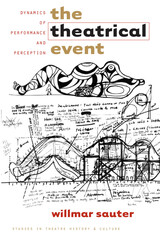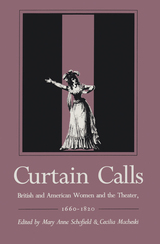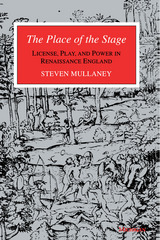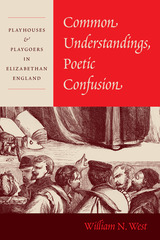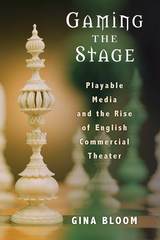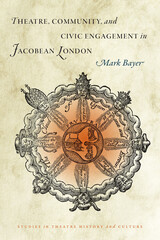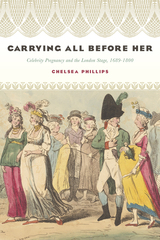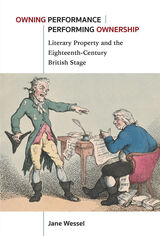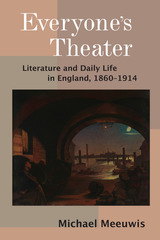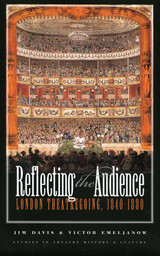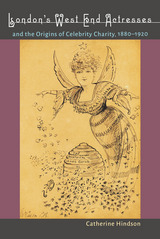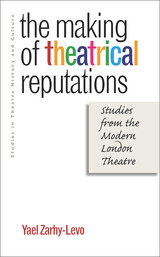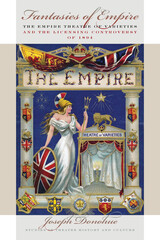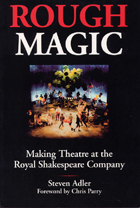Cloth: 978-0-472-07381-8 | Paper: 978-0-472-05381-0 | eISBN: 978-0-472-00462-1 | eISBN: 978-0-472-90108-1 (OA) | eISBN: 978-0-472-12391-9 (standard)
Library of Congress Classification PN2590.G36+
Dewey Decimal Classification 792.094209031
Gaming the Stage also introduces a new archive for game studies: scenes of onstage gaming, which appear at climactic moments in dramatic literature. Bloom reveals plays to be systems of information for theater spectators: games of withholding, divulging, speculating, and wagering on knowledge. Her book breaks new ground through examinations of plays such as The Tempest, Arden of Faversham, A Woman Killed with Kindness, and A Game at Chess; the histories of familiar games such as cards, backgammon, and chess; less familiar ones, like Game of the Goose; and even a mixed-reality theater videogame.
See other books on: Games | Gaming | London | Stage | Theater and society
See other titles from University of Michigan Press
